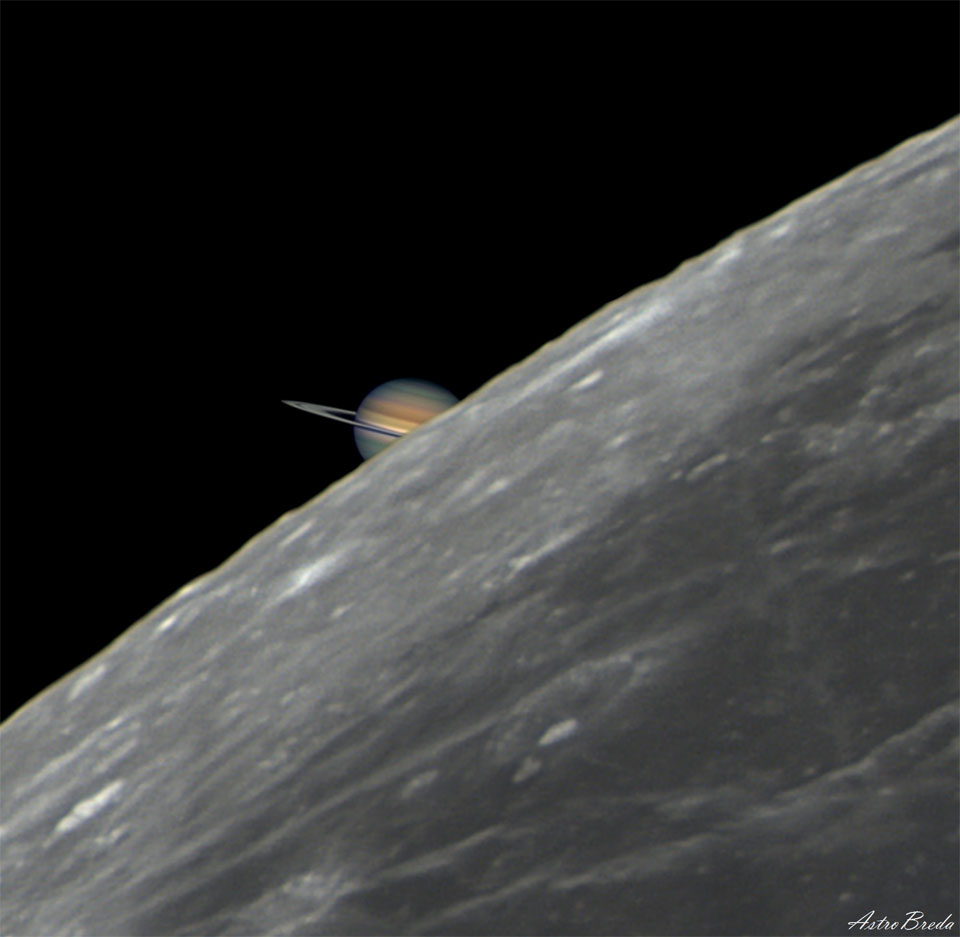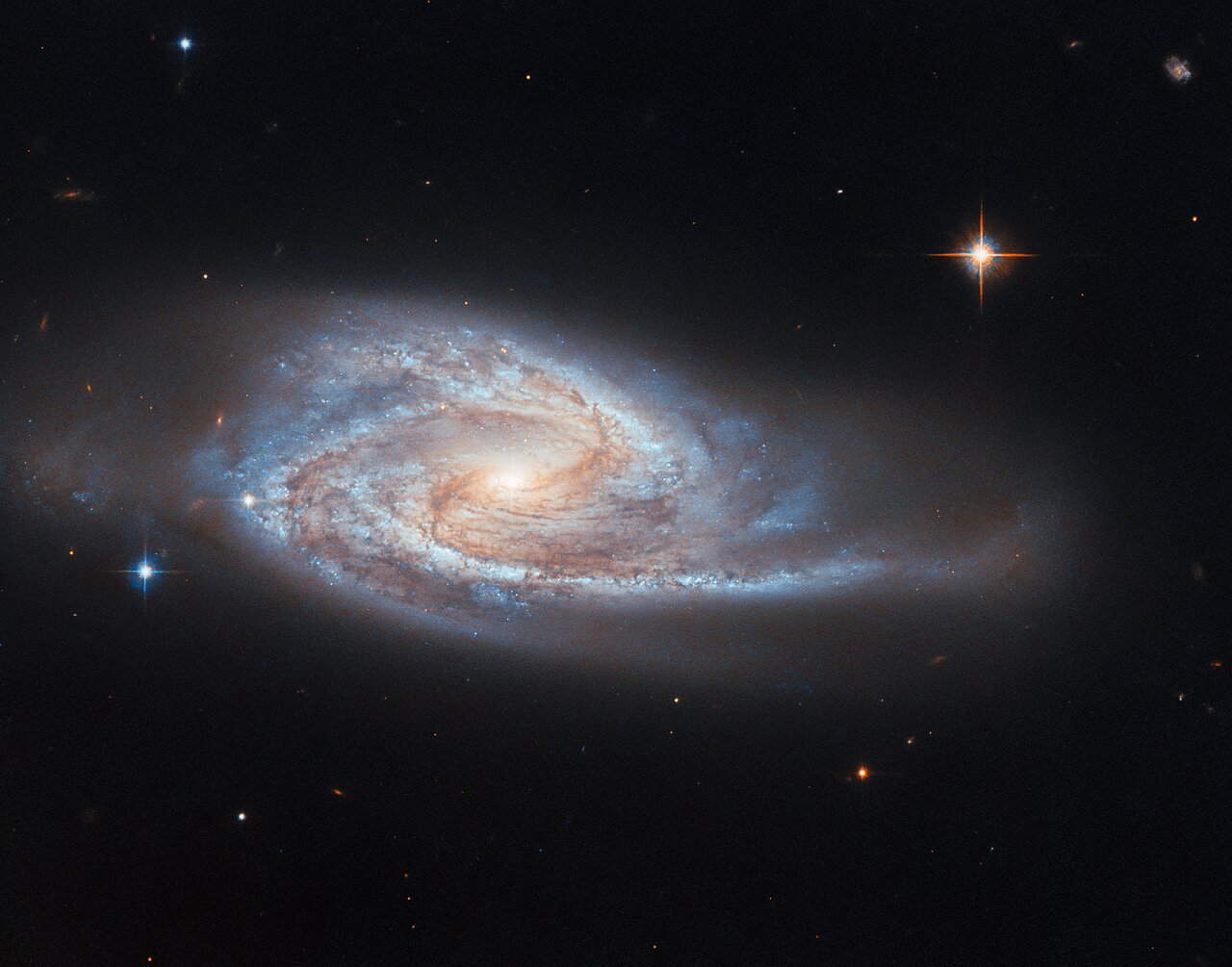Blog

The complex and beautiful Tulip Nebulablossoms about 8,000 light-years away toward the constellation of Cygnus the Swan. Ultraviolet radiation from young energetic stars at the edge of the Cygnus OB3 association, including O star HDE 227018, ionizes the atoms and powers the emission from the Tulip Nebula. Stewart Sharpless cataloged this nearly 70 light-years across reddish glowing cloud of interstellar gas and dust in 1959, as Sh2-101. Also in the featured field of view is the black hole Cygnus X-1, which to be a microquasar because it is one of strongest X-ray sources in planet Earth’s sky. Blasted by powerful jets from a lurking black hole, its fainter bluish curved shock front is only faintly visible beyond the cosmic Tulip’s petals, near the right side of the frame.

more...
Bhekizizwe Joseph Shabalala (28 August 1940 – 11 February 2020) was a South African singer and musician who was the founder and musical director of the choral group Ladysmith Black Mambazo.
Bhekizizwe Joseph Shabalala was born in the town of Ladysmith (eMnambithi district) in the KwaZulu-Natal region of South Africa. His parents, Jonathan Mluwane Shabalala and Nomandla Elina Shabalala, raised Joseph and his six siblings on a white-owned farm called Tugela. His father died in the late 1940s; Joseph, being the eldest, had to take care of the family. He left the farm, however, in 1958 to search for work in the nearby city of Durban.
more...
Joseph Osborn (August 28, 1937 – December 14, 2018) was an American bass guitar player known for his work as a session musician in Los Angeles with the Wrecking Crew and in Nashville with the A-Team of studio musicians during the 1960s through the 1980.
Osborn began his career working in local clubs, then played on a hit record by singer Dale Hawkins. He moved to Las Vegas at age 20, and spent a year playing backup for country singer Bob Luman. With legendary guitar player Roy Buchanan among his bandmates, Osborn switched from guitar to electric bass. In 1960, with Allen “Puddler” Harris, a native of Franklin Parish, also in northeastern Louisiana, and James Burton, originally from Webster Parish, Osborn joined pop star Ricky Nelson‘s backup band, where he spent four years. His playing on such Nelson hits as “Travelin’ Man” began attracting wider notice, and he found opportunities to branch out into studio work with artists such as Johnny Rivers.
more...Kenneth Sidney “Kenny” Drew (August 28, 1928 – August 4, 1993) was an American-Danish jazz pianist.
Drew was born on August 28, 1928, in New York City, United States, and he received piano lessons from the age of five. He attended the High School of Music & Art in Manhattan. His first recording, in 1950, was with Howard McGhee, and over the next two years Drew worked in bands led by Buddy DeFranco, Coleman Hawkins, Lester Young, and Charlie Parker, among others.
more...Ustad Vilayat Khan (28 August 1928 – 13 March 2004) was an Indian classical sitarplayer, considered by many to be the greatest sitarist of his age. Along with Imdad Khan, Enayat Khan, and Imrat Khan, he is credited with the creation and development of gayaki ang (a technique that emulates the vocal melisma of Hindustani classical music) on the sitar.
He recorded his first 78-RPM disc at the age of and gave his last concert in 2004 at the age of 75. He has composed the music for several films, including Jalsaghar (1958), The Guru (1969), and Kadambari (1976). He had given a chance to newcomer Kavita Krishnamurthy in Kadambari which was the first song in her career.
more...Saturn just disappears from view when our Moon moves in front. Such a Saturnian eclipse, more formally called an occultation, was visible along a long swath of Earth — from Peru, across the Atlantic Ocean, to Italy — only a few days ago. The featured color image is a digital fusion of the clearest images captured during the event and rebalanced for color and relative brightness between the relatively dim Saturn and the comparatively bright Moon. Saturn and the comparative bright Moon. The exposures were all taken from Breda, Catalonia, Spain, just before occultation. Eclipses of Saturn by our Moon will occur each month for the rest of this year. Each time, though, the fleeting event will be visible only to those with clear skies — and the right location on Earth.

Alice Lucille Coltrane (McLeod; August 27, 1937 – January 12, 2007 Detroit, MI), also known as Swamini Turiyasangitananda (IAST: Svāminī Turīyasaṅgītānanda) or simply Turiya, was an American jazz musician, composer, bandleader, and Hinduspiritual leader.
An accomplished pianist and one of the few harpists in the history of jazz, Coltrane recorded many albums as a bandleader, beginning in the late 1960s and early 1970s for Impulse! and other record labels. She was married to the jazz saxophonist and composer John Coltrane, with whom she performed in 1966–1967. One of the foremost proponents of spiritual jazz, her eclectic music proved influential both within and outside the world of jazz.
Coltrane’s career slowed from the mid 1970s as she became more dedicated to her religious education. She founded the Vedantic Center in 1975 and the Shanti Anantam ashram in California in 1983, where she served as spiritual director. On July 3, 1994, she rededicated and inaugurated the land as Sai Anantam Ashram. During the 1980s and 1990s, she recorded several albums of Hindu devotional songs before returning to spiritual jazz in the 2000s and releasing her final album Translinear Light in 2004.
more...Lester Willis Young (August 27, 1909 – March 15, 1959), nicknamed “Pres” or “Prez”, was an American jazz tenor saxophonist and occasional clarinetist.
Coming to prominence while a member of Count Basie‘s orchestra, Young was one of the most influential players on his instrument. In contrast to many of his hard-driving peers, Young played with a relaxed, cool tone and used sophisticated harmonies, using what one critic called “a free-floating style, wheeling and diving like a gull, banking with low, funky riffs that pleased dancers and listeners alike”.
Known for his hip, introverted style, he invented or popularized much of the hipsterjargon which came to be associated with the music.
Lester Young was born in Woodville, Mississippi, on August 27, 1909,to Lizetta Young (née Johnson), and Willis Handy Young, originally from Louisiana.
more...Lev Sergeyevich Termen (Russian: Лев Сергеевич Термен, IPA; 27 August [O.S. 15 August] 1896 – 3 November 1993), better known as Leon Theremin, was a Russian inventor, most famous for his invention of the theremin, one of the first electronic musical instruments and the first to be mass-produced. He also worked on early television research. His secret listening device, “The Thing“, hung for seven years in plain view in the United States ambassador‘s Moscow office and enabled Soviet agents to eavesdrop on secret conversations.
more...Looking past its long spiral arms filled with stars and the dark threads of dust crossing it, your eye might be caught by the shining point at the centre of UGC 3478, the spiral galaxy starring in this Hubble Picture of the Week. This point is the galaxy’s nucleus, and indeed there is something special about it: it is a growing giant black hole which astronomers call an active galactic nucleus, or AGN. UGC 3478, located in the constellation Camelopardalis, is what is known as a Seyfert galaxy. 128mly away. This is a type of galaxy with an AGN at its core. Like all such “active galaxies”, the brightness that you see here hides a supermassive black hole at the centre of the galaxy. A disc of gas spirals into this black hole, and as the material crashes together and heats up it emits very strong radiation. The spectrum of this radiation includes hard X-ray emission, which clearly mark it out from the stars in the galaxy. Despite the strong brightness of the compact central region, we can still clearly see the disc of the galaxy around it, which makes the galaxy a Seyfert galaxy. Many active galaxies are known to astronomers at vast distances from Earth, thanks to the great brightness of their nuclei highlighting them next to other, dimmer galaxies. At 128 million light-years from Earth, UGC 3478 is positively neighbourly to us. The data used to make this image comes from a Hubble survey of nearby powerful AGNs found in relatively high-energy X-rays, like this one, which it is hoped can help astronomers to understand how the galaxies interact with the supermassive black holes at their hearts. [Image Description: A spiral galaxy, with two glowing spiral arms. They are filled with thin lines of dark dust, and surrounded by a faint cloud. One arm stretches further from the galaxy than the other. The point at the centre of the spiral is particularly bright. It is on a black background, mostly empty, except for some distant galaxies and a few bright stars in the foreground.]

Branford Marsalis (born August 26, 1960) is an American saxophonist, composer, and bandleader. While primarily known for his work in jazz as the leader of the Branford Marsalis Quartet, he also performs frequently as a soloist with classical ensembles and has led the group Buckshot LeFonque. From 1992 to 1995 he led the Tonight Show Band.
Marsalis was born on August 26, 1960, in New Orleans. He is the son of Dolores (née Ferdinand), a jazz singer and substitute teacher, and Ellis Louis Marsalis, Jr., a pianist and music professor. His brothers Jason Marsalis, Wynton Marsalis, and Delfeayo Marsalis are also jazz musicians.
more...Leon Redbone (born Dickran Gobalian; August 26, 1949 – May 30, 2019) was a singer-songwriter and musician specializing in jazz, blues, and Tin Pan Alley classics. Recognized by his hat (often a Panama hat), dark sunglasses, and black tie, he was born in Cyprus of Armenian ancestry and first appeared on stage in Toronto, Canada, in the early 1970s. He also appeared on film and television in acting and voice-over roles.
In concert, Redbone often employed comedy and demonstrated his guitar-playing skill. His recurrent gags involved the influence of alcohol and claims he had written works originating well before he was born. He favored music of the Tin Pan Alley era, circa 1890–1910. He sang the theme to the 1980s television series Mr. Belvedere, and released 18 albums.
more...Mark Snow (born Martin Fulterman; August 26, 1946) is an American composer for film and television. Among his most famous compositions is the theme music for science fiction television series The X-Files.
The X Files instrumental was released as a single in the United Kingdom, where the series aired on BBC Two and BBC One, in early-1996, peaking at number two on the UK Singles Chart. Snow also wrote the music for another Chris Carter series, Millennium, and the background music scores for both shows, a total of 12 seasons. Snow composed scores for other notable television, including Hart to Hart, Starsky & Hutch (season 3), and Smallville.
more...More Posts
- Racism & Patriotism
- Little Smokey Smothers
- Isao Suzuki
- Cosmo Sh2-216
- Ari Brown
- Frank Marocco
- Nick Fatool
- Trombone Shorty NOLA Dedication
- World Music Aboubakar Traoré & Balima
- Daily Roots The Revolutionaries
- Welcoming the New Year with Grace & Kindness
- Happy New Year 2025
- Cosmo Alpha Centauri
- Alpha Blondy Praying for Jerusalem
- Milt Jackson
- Slim Gaillard
- Xavier Cugat
- Norberto De Nöah
- Daily Roots Jackie Mitoo
- Happy New Year 2025